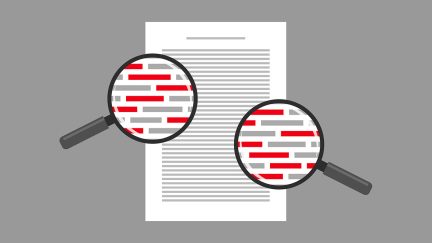For more stories like this, sign up for the PLANADVISERdash daily newsletter.
IRS Preps for Cash Balance Plan Program
In Announcement 2014-4, the IRS extended to February 2, 2015, the deadline to submit on-cycle applications for opinion and advisory letters for pre-approved defined benefit plans for the plans’ second six-year remedial amendment cycle. The submission deadline has been extended to allow time for the agency to develop the necessary language and tools to implement its expansion of the pre-approved program. However, new deadline applies to all on-cycle pre-approved defined benefit plan submissions, even those that will not be modified to contain cash balance features.
In general, plans will continue to be reviewed for qualification items based on the 2012 Cumulative List (see “IRS Issues 2012 Cumulative List”), which is the Cumulative List applicable to sponsors of defined benefit pre-approved plans submitting during the second six-year remedial amendment cycle. Future guidance will address permissible cash balance features under the pre-approved program.
The IRS said it will announce in future guidance when applications for opinion and advisory letters for pre-approved defined benefit plans with cash balance features may be submitted. Until that time, such plans should not be submitted under the pre-approved program.
In order to preserve (or, in the case of a new plan, obtain) reliance on the terms of their plans, sponsors of individually designed plans who intend to adopt a pre-approved defined benefit plan document in the future may, before the end of their applicable individually designed on-cycle deadline, complete Form 8905, Certification of Intent to Adopt a Pre-approved Plan, in lieu of submitting an application for an individually designed determination letter. The deadline for submitting the form is March 31, 2014.
You Might Also Like:

Required Amendments for Qualified Plans, 403(b)s Issued by IRS

IRS, Treasury Explain How to Open ‘Trump Accounts’
